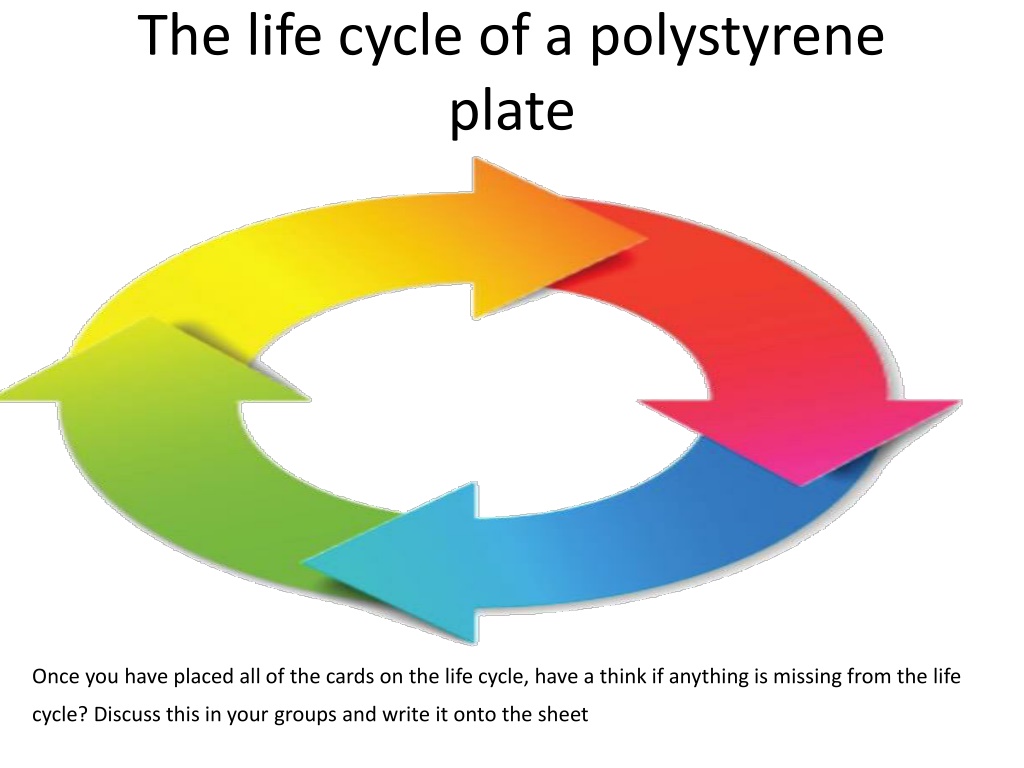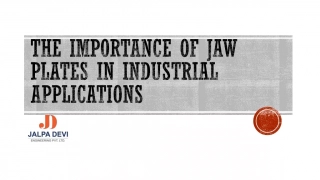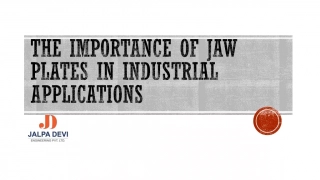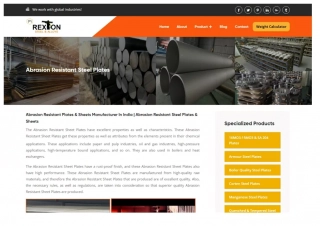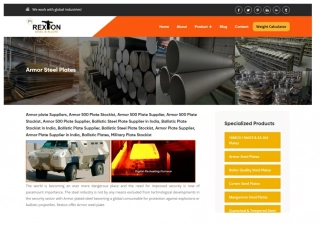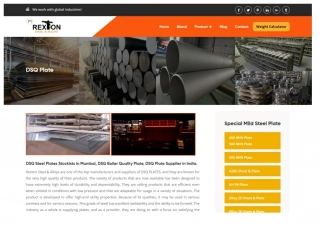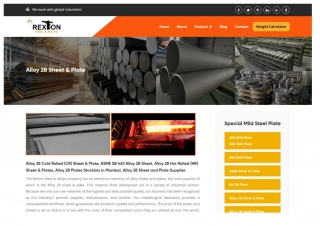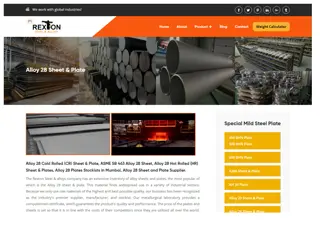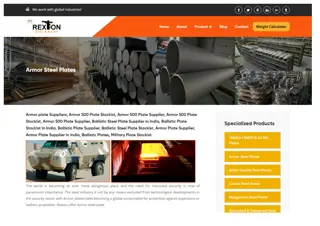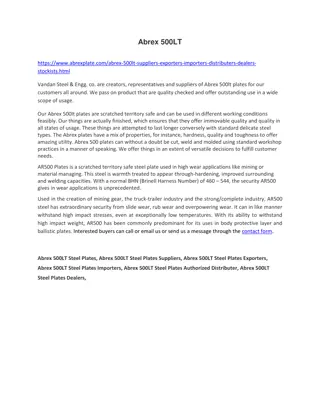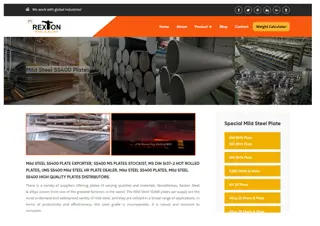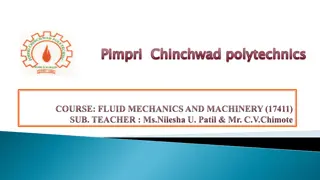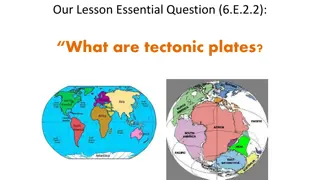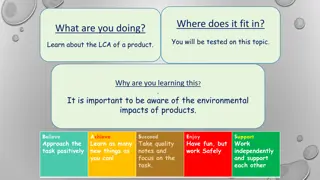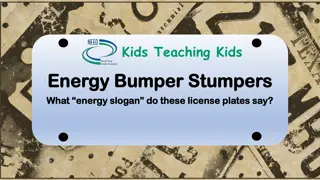The Life Cycle of Polystyrene Plates: Environmental Impact Analysis
The life cycle of a polystyrene plate involves the manufacture of chemical components, such as benzene and styrene, leading to the production of polystyrene through the use of blowing agents. The extraction and use of these components have environmental implications, highlighting the need for sustainable practices in the production and disposal of polystyrene products.
Uploaded on Oct 07, 2024 | 0 Views
Download Presentation

Please find below an Image/Link to download the presentation.
The content on the website is provided AS IS for your information and personal use only. It may not be sold, licensed, or shared on other websites without obtaining consent from the author. Download presentation by click this link. If you encounter any issues during the download, it is possible that the publisher has removed the file from their server.
E N D
Presentation Transcript
The life cycle of a polystyrene plate Once you have placed all of the cards on the life cycle, have a think if anything is missing from the life cycle? Discuss this in your groups and write it onto the sheet
Manufacture of Chemical Components Chemical components used to make our lunch plates: Benzene Styrene Ethylene Blowing Agents CFCs and HCFCs
Benzene Benzene is extracted from coal, but is also found in gasoline (e.g. 2% present in U.S. gas) The extraction of coal is very hard on the natural environment. The earth distributed around the mine from deep inside is virtually dead in that it cannot support plant life. This leads to erosion of the land even long after the mine has been closed for use. -Nearly 75% of all extracted Benzene is used in Polystyrene production. It is used to transform Styrene into Polystyrene (brittle plastic)
Styrene Styrene Monomer is a clear, oily liquid with a slight odor. Styrene for manufacturing is cracked or extracted from petroleum. Polystyrene is made basically a combination of Styrene and Benzene Styrene is naturally present in most foods, such as: strawberries, beef, coffee, peanuts, beans, wheat and cinnamon. The article that stated this also noted that the technology needed to detect Styrene present in natural food products is only two decades old. So, this could mean that Styrene has gotten into our natural environment through the refining of petroleum, but we haven t been able to test for it until recently. Styrene extraction is a $20billion a year industry in the United States, comprising over 5,000 industrial plants
Blowing Agents Polystyrene is basically a hard, brittle plastic (just like disposable plastic cups) and it doesn t become Styrofoam until it gets injected with a blowing agent to make it 30 times lighter than its original weight. The name, Polystyrene, doesn t change once it becomes Styrofoam, because the chemical composition doesn t change. To make Styrofoam, certain gases are injected into the plastic, blowing tiny holes that become gas and air filled pockets once the plastic cools. The background of this PowerPoint are the cells of Styrofoam.
Blowing Agents Up until the late 1970 s CFCs, or Chlorofluorocarbons, were used as the blowing agents for Styrofoam production. The main CFC blowing agent was Isobutylene. This was phased out due to growing knowledge of the relationship between CFCs and global warming and replaced with HCFCs combined with Ethylene. Now before we move on to the controversy behind HCFCs, lets take a look at how the chemical companies and the EPA see the history of Styrofoam production differently.
HCFCs Hydrochloroflorocarbons are thought to be less harmful than regular old fashioned CFCs. In fact, HCFCs are supposed to be 90% less harmful than CFCs. For Styrofoam production, generally HCFC-22 is combined with Ethylene to create Ethylene Oxide (22% Ethylene). The fact that HCFC-22 is basically CFC-22 with a Hydrogen molecule attached (and CFC-22 was banned here in the late 1980 s) many people are skeptical of the idea that HCFCs are much better for the environment.
Distribution Transported by ship Transported by truck
Disposal -Reuse pros and cons. Recycle pros and cons. Incineration pros and cons. Land fill cons.
Styrofoam Waste Although Styrofoam breaks into pieces easily, it will take 500 years for one plate to dissolve. An unanswered question is: dissolve into what? -there is no where in Ireland that recycles soiled polystyrene plates.
Landfills Can make up to 30% of the rubbish volume in landfills. Takes half a millennia to dissolve. Because of the landfill strategy of compacting the rubbish and then packing dirt on top, practically nothing breaks down as it should, and that methodology winds up giving paper the same decomposition time as Styrofoam. Styrofoam captures water from seeping into the soil and therefore allows water to soak rubbish until it s almost a soup-like mixture. When heavy rains come, this soup escapes the Styrofoam barrier onto the landfill lining (if there is one) or more likely off into our soil and groundwater.
Incineration Burning Styrofoam gives of over 90 different hazardous chemicals, including Styrene vapors and dioxins. If incinerated in extremely specialized plants, these vapors can be controlled, more often then not incineration facilities do not have the huge amount of financial resources to keep their plant operating at these extremely controlled levels. Thus, people living near these plants face a greater risk of developing health problems. And, normally these risk falls upon the poor who cannot afford to move as far from the incineration plants as the wealthy and middle class.
Recycling If Styrofoam manages to get recycled using machines like StyroMelt, it s generally made into some other product that also has a low level of recycling patrons. Styrofoam is recycled into products like: cafeteria trays, video and audio tape bodies and cases, rules, desk top accessories, hangers, and horticultural plant trays. When was the last time you heard of many people actually recycling these products when their use is up? I would imagine not very often.
Alternatives EcoFoam The best alternative is using real plates or could you bring your own plate to school? EcoFoam is another alternative but is expensive! It s made from corn (starch). Creates no static-electricity (as does Styrofoam) and is much better for protecting very delicate electronics, like microchips. You can put it in your school compost, i.e. it s 100% biodegradable (as long as it s not packed down in a landfill).
